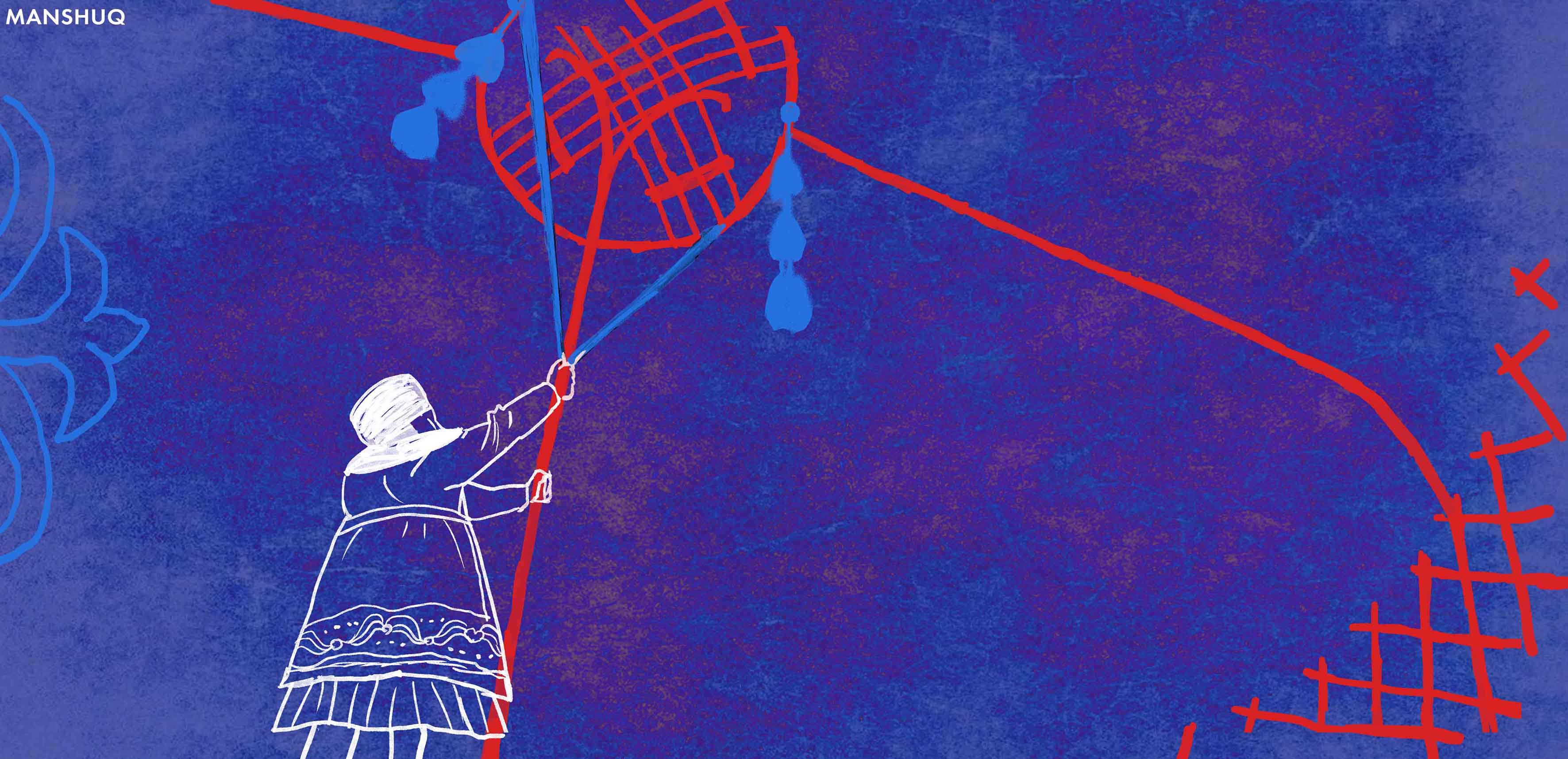Zhyldyz Asanakunova, founder of a cultural center in Kyrgyzstan: “A yurt is more than just a home.”
As part of a joint project of the European Union and UNESCO on the Silk Road, Manshuq is highlighting traditional crafts of Central Asia, here profiling the founder and director of a cultural center, or “ethnic village,” Zhyldyz Asanakunova from Kyrgyzstan.
Bermet Ulanova
Zhyldyz Asanakunova:
In 2014, we bought a plot of land. At that time there wasn’t any water or electricity. For two years we lived like real nomads. But we weren’t discouraged by hard times - the opposite, actually, as my relatives and friends really supported me. The thought that we’re reviving our people’s history, reviving our traditions and the way of life of our ancestors helped us to grow and do our job better and better. Now the cultural center has all the amenities you’d need and everything you’d want for a stay that’s interesting and unforgettable".
While the men work on the frame, the women work on the material for the protective outer layer - felt. This dense and durable material keeps the yurt warm in the winter and cool in the summer. It’s been proven that a well-made felt canvas will not leak, even if it rains for three days in a row! In ancient times, girls also were involved with the home’s interior decoration - they made tekemet (ornamental carpets), sewed blankets and much more.
Zhyldyz Asanakunova:
But that's not all. When tourists come and you tell them about how your ancestors lived, show them ancient nomadic traditions and customs, and witness their sincere delight and interest in our culture, then you understand that you’re doing the right thing and your work is worth something. Our visitors are mostly from Europe. Yurts are booked in advance, sometimes even a year in advance. Some tourists are into feng shui, and they come to feel what it’s like to live without corners. But lots of people are interested not just in yurts, but also in our culture, our food, Kyrgyz clothing, folk music, traditional dance and oral poetry. It’s hard to describe how amazing it is to see how people with a totally different worldview are so inspired by our nomadic lifestyle. Some people say that yurts help them deal with the endless stress of living in big cities. I absolutely agree. Imagine lying on a patchwork quilt (toshok), sewn by hand, and you feel the warmth of the earth that it’s absorbed throughout the day, and above you, through the tunduk, you can see the dark sky full of stars. It really has the power to heal."
Zhyldyz Asanakunova:
In the meantime, we will try to grow and use our craft to tell the whole world about our great and fathomless nomadic civilization.”
Yurt facts
Translation by Dennis Keen


